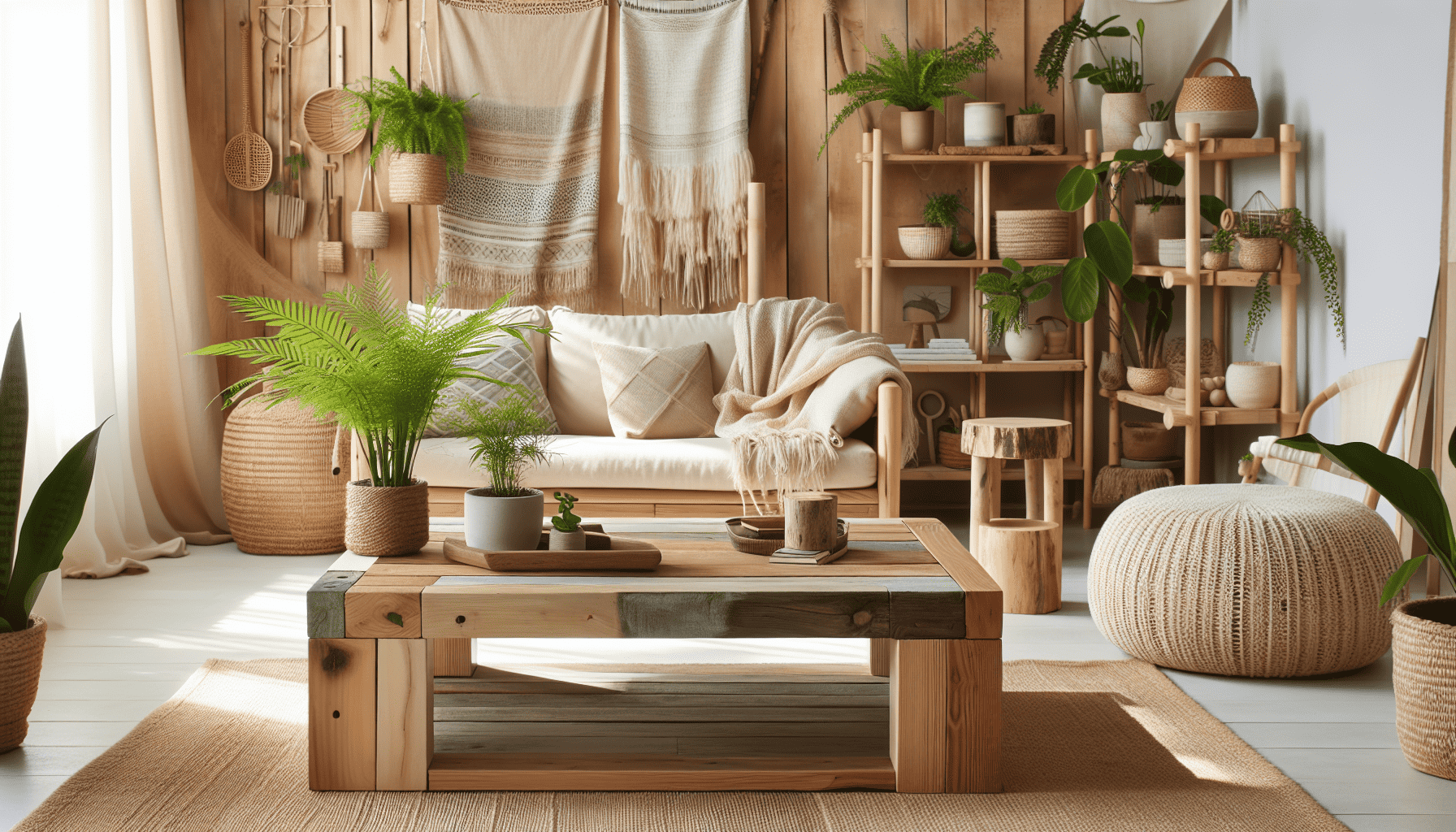In a world increasingly aware of its environmental footprint, sustainable interior design has emerged as a leading trend that marries aesthetics with ecological responsibility. As homeowners and designers look towards the future, creating spaces that are both visually appealing and environmentally conscious has become a priority. Embracing eco-friendly designs offers a way to reduce harmful impacts on the planet while crafting beautiful, functional interiors that reflect a commitment to sustainability.
One of the cornerstones of eco-friendly interior design is the use of sustainable materials. These are materials that have been sourced responsibly and have a minimal environmental impact during their lifecycle. Bamboo, for instance, grows rapidly and can be harvested without causing deforestation, making it an excellent alternative to traditional hardwood. Reclaimed wood is another popular choice—it repurposes materials from old structures, giving them a new life while reducing the need for new resources.
In addition to materials, the choice of finishes and furniture plays a critical role in sustainable design. Opting for non-toxic paints and finishes that are free from volatile organic compounds (VOCs) can significantly improve indoor air quality. Similarly, selecting furniture made from recycled materials or those certified by sustainability programs (like the Forest Stewardship Council) ensures that the pieces contribute minimally to environmental degradation.
Energy efficiency is another crucial aspect of sustainable interior solutions. By integrating energy-saving technologies and design practices, interiors can significantly reduce their carbon footprint. Incorporating LED lighting, installing smart thermostats, and leveraging natural light through thoughtful window placement and the use of reflective surfaces can contribute to substantial energy reductions. Furthermore, investing in energy-efficient appliances and systems not only decreases energy consumption but also lowers utility bills.
Water conservation is equally important in a sustainable interior. Low-flow fixtures for bathrooms and kitchens, along with rainwater harvesting systems, can drastically reduce water usage. Additionally, selecting drought-resistant plants for indoor greenery reduces the need for excessive watering, further conserving this precious resource.
Sustainability in interior design extends beyond materials and energy—it's about creating spaces that endure over time. Choosing timeless styles and investing in high-quality, durable furniture minimizes the need for frequent replacements, reducing waste and the demand for new products. This approach not only benefits the environment but also ensures that the spaces remain functional and stylish for years to come.
Moreover, sustainable design embraces the concept of biophilia, which emphasizes the connection between humans and nature. Incorporating elements such as indoor plants, water features, and natural textures can enhance well-being, reduce stress, and improve overall quality of life, creating a harmonious living environment that nurtures both the planet and its inhabitants.
In conclusion, embracing sustainable interior solutions is an opportunity to make a positive impact on the environment while creating spaces that are as functional as they are beautiful. By prioritizing sustainable materials, energy and water efficiency, durability, and the incorporation of natural elements, homeowners and designers can craft environments that reflect a deep commitment to ecological stewardship. As the demand for eco-friendly designs continues to grow, the possibilities for creating sustainable and stunning interiors are endless, paving the way for a brighter, greener future.
